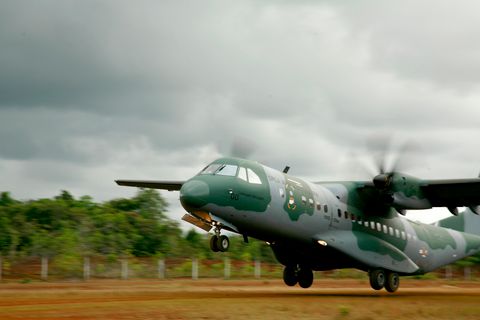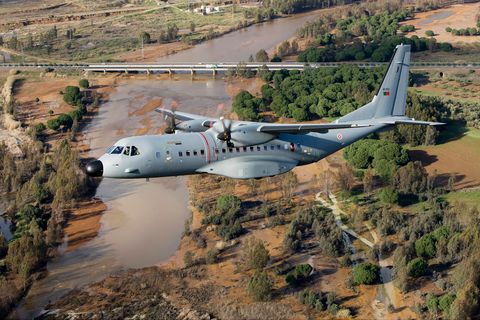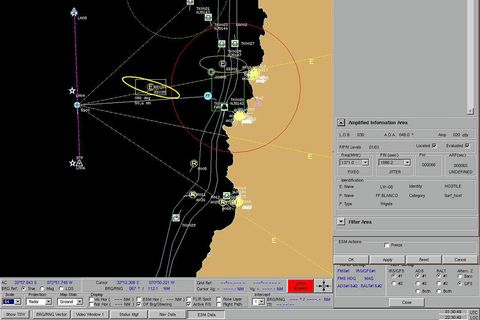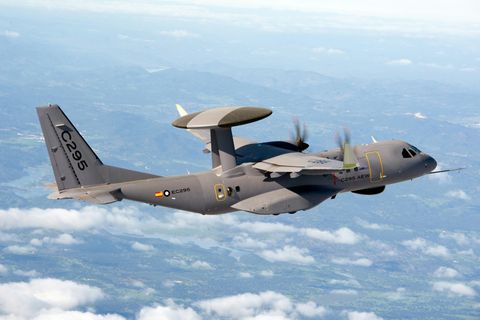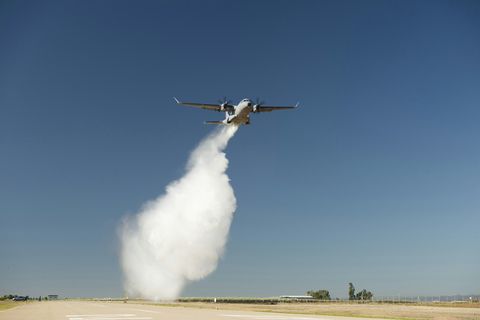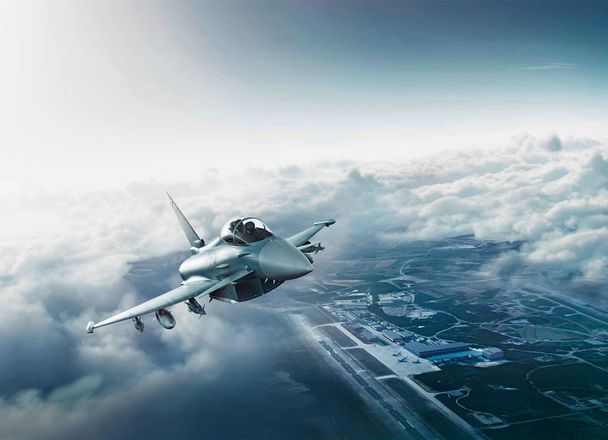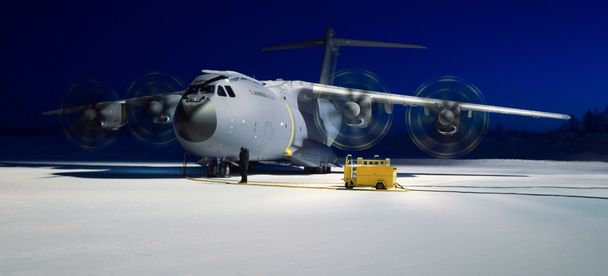Airbus’ new generation C295 is a robust, reliable and highly versatile tactical transport that is tailored for missions that range from carrying troops and cargo, maritime patrol, airborne warning, surveillance and reconnaissance to signals intelligence, armed close air support, medical evacuation, VIP transport and airborne firefighting.
It is capable of carrying up to nine tonnes of payload or as many as 71 troops at a maximum cruise speed of 260 kts. Adding to its flexibility is the capability of being equipped for the air-to-air refueling of fixed-wing aircraft and helicopters.
Fitted with a retractable landing gear and featuring an unobstructed 12.69-meter-long pressurized cabin, the C295 cruises at altitudes up to 30,000 ft., while also retaining excellent low-level flight characteristics. It has remarkable short take-off & landing (STOL) performance from unpaved, soft, and sandy/grass airstrips.
The C295 is powered by two Pratt & Whitney Canada PW127G turboprop engines that provide excellent manoeuvrability, outstanding hot-and-high performance, with fuel consumption for a very long endurance of up to 13 hours aloft.
With more than 200 aircraft in operation, the C295 has an outstanding track record of reliability, demonstrating daily its worth as a highly efficient workhorse.
Orders & deliveries
| Total Orders | 301 |
| Total Deliveries | 225 |
| Total in Operations | 223 |
The C295’s baseline now includes winglets that provide even better performance in all phases of flight, delivering improved takeoff characteristics at hot and high airfields, enabling higher cruise altitudes (especially at higher weights), increasing endurance, and reducing overall fuel consumption by three to six percent. C295 operators have logged a combined 500,000 flight hours in all types of environments, demonstrating the effectiveness and soundness of the aircraft and system design.
The C295 is the perfect “workhorse” offering unique versatility and proven reliability for the needs, of military forces, governments and non-governmental agencies – today and tomorrow.
Proven with the world’s armed forces
The C295 is combat proven, having been successfully used during long deployments (up to two years, flying as many as 100 hours per aircraft per month) in remote areas such as Chad, Iraq and Afghanistan. It routinely operates in the hot and humid conditions of the Brazilian jungle and Colombian mountains, in the dusty and very hot deserts of Egypt and Algeria, and in the extremely cold and icy winters of Poland, Finland and Kazakhstan.
The C295 offers optional self-protection equipment that has been in service across such hostile environments as Iraq and Afghanistan, including cockpit armour, chaff/flare dispensers, along with radar warning (RWR), missile warning (MAWS) and laser warning (LWS) systems. In-flight refuelling capability is an option for the aircraft.

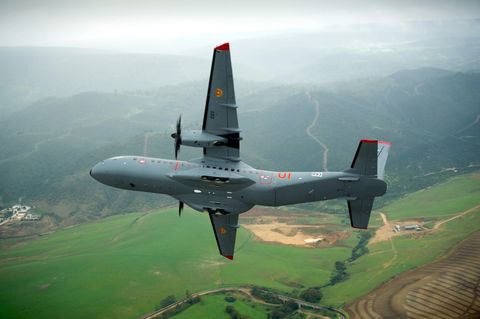
Working for the benefit of society
The C295 is widely used for humanitarian and other non-military operations by a variety of governmental and non-governmental agencies. Missions include disaster relief flights; search and rescue (SAR); and such surveillance and control duties as the monitoring of illegal immigration, drug smuggling, piracy, illegal fishery; as well as maritime pollution control and deterrence, and the monitoring of deforestation.
With its short take-off and landing (STOL) characteristics and the ability to use unprepared airstrips, C295s are deployed for resupply trips into remote locations.
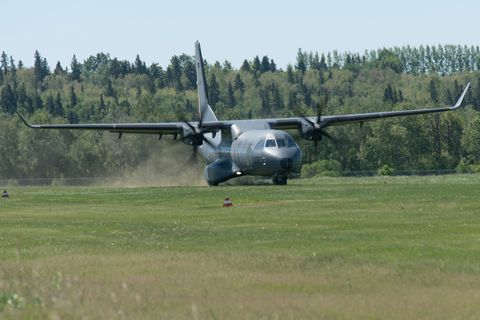
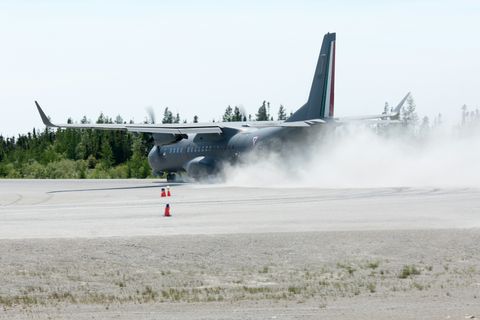
C295 variants
Excellent versatility, diverse missions and multiple variants…all in one aircraft: these are the key attributes that make Airbus’ C295 the benchmark airlifter in its category. Most variants can easily be configured/re-configured with the use of palletised modular mission systems.
Fully Integrated Tactical System
Entirely conceived and developed by Airbus Defence and Space, the Fully Integrated Tactical System (FITS) is the C295’s core mission system, enabling the aircraft to carry out duties that range from anti-submarine and anti-surface warfare (ASW/ASuW) to search and rescue (SAR), maritime patrol, signals intelligence and environmental protection, among others.
FITS consists of an onboard suite of networked computers and displays that directly provide the crews with the required information in a processed manner, allowing them to perform missions much easier and more efficiently. In the complex arena of surveillance operations, the design challenge for FITS was not just to gather data from today’s sophisticated multiple sensors, but to process and present the information in an “intelligent” way to let the crew act on it.
This modular, flexible and adaptable system collects, classifies and displays the various types of sensor data gathered in different types of surveillance missions and provides it to the crew via a highly intuitive interface. The result is maximised operational effectiveness, thanks to the enhanced level of information integration and reduced workload onboard the aircraft.
FITS consists of multi-function crew consoles, connected to central processors via a high-speed local area network (LAN) and also linked to the aircraft navigation and communication systems. The airborne segment is complemented by a ground-based support centre for mission analysis and training.
Typical FITS configurations vary from two consoles on the C295 Maritime Surveillance Aircraft (MSA) to five consoles on versions for maritime patrol (MPA), anti-submarine warfare (ASW) and signals intelligence (SIGINT) missions.
Sensors currently integrated with FITS include radar, electro-optic/infrared (EO/IR), acoustics, magnetic anomaly detector (MAD), automatic identification system (AIS), identification friend or foe (IFF) interrogator, communications and electronic intelligence (COMINT/ELINT), and sea pollution detection systems. FITS also is integrated with the aircraft’s navigation and communications systems, including VHF/UHF/HF radios, satellite communications (SATCOM), and high-frequency Link 11 and Link 16 datalinks. In the anti-submarine warfare role, it additionally integrates sonobuoy and armament inventory management, plus launch pattern control.
FITS’ flexibility and modularity give it excellent growth capability, allowing the system to handle new and updated sensors, along with additional consoles as technology and operational requirements evolve. As such, it will be an integral part of the C295’s Airborne Early Warning (AEW) version.
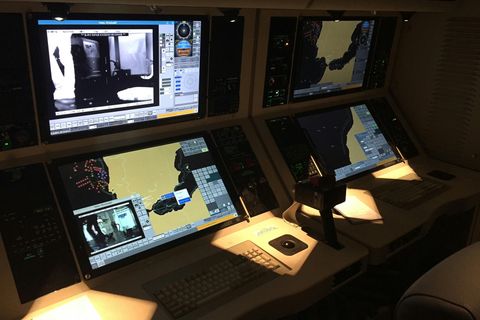
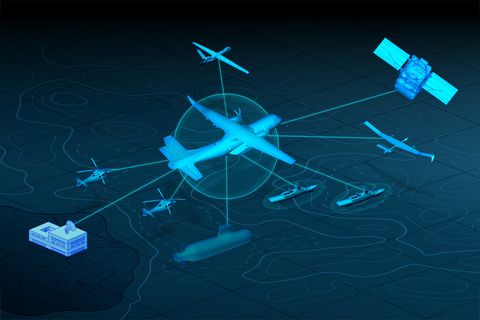
Advanced cockpit technology
The C295’s state-of-the-art cockpit allows a full range of operations to be performed by a crew of two members (one captain and one co-pilot). It is fitted with Collins Aerospace’s Pro Line Fusion®, which is a Commercial-Off-The-Shelf (COTS) avionics system that complies with current and future airspace regulations.
The avionics system includes four 14.1-inch multifunctional touchscreen displays with a very large surface area and an intuitive and redundant human-machine interface for improved situational awareness, lower pilot workload and enhanced mission effectiveness. Other features include reconfigurability for the screens, electronic charts and checklists, as well as system status reports. The cockpit is compatible with night vision goggles (NVGs).
System functionality supports the requirements for both civil and military tactical environments: ADS-B Out, TCAS II v7.1, RNAV routes, RNP approaches, controller pilot data link communications (CPDLC), weather radar with wind shear and turbulence prediction, etc. The autopilot and flight director system are fully integrated with the flight management subsystem through LNAV (lateral navigation) and VNAV (vertical navigation) operational modes.


See also
Latest C295 news


Maritime surveillance: How Airbus keeps our oceans safe

